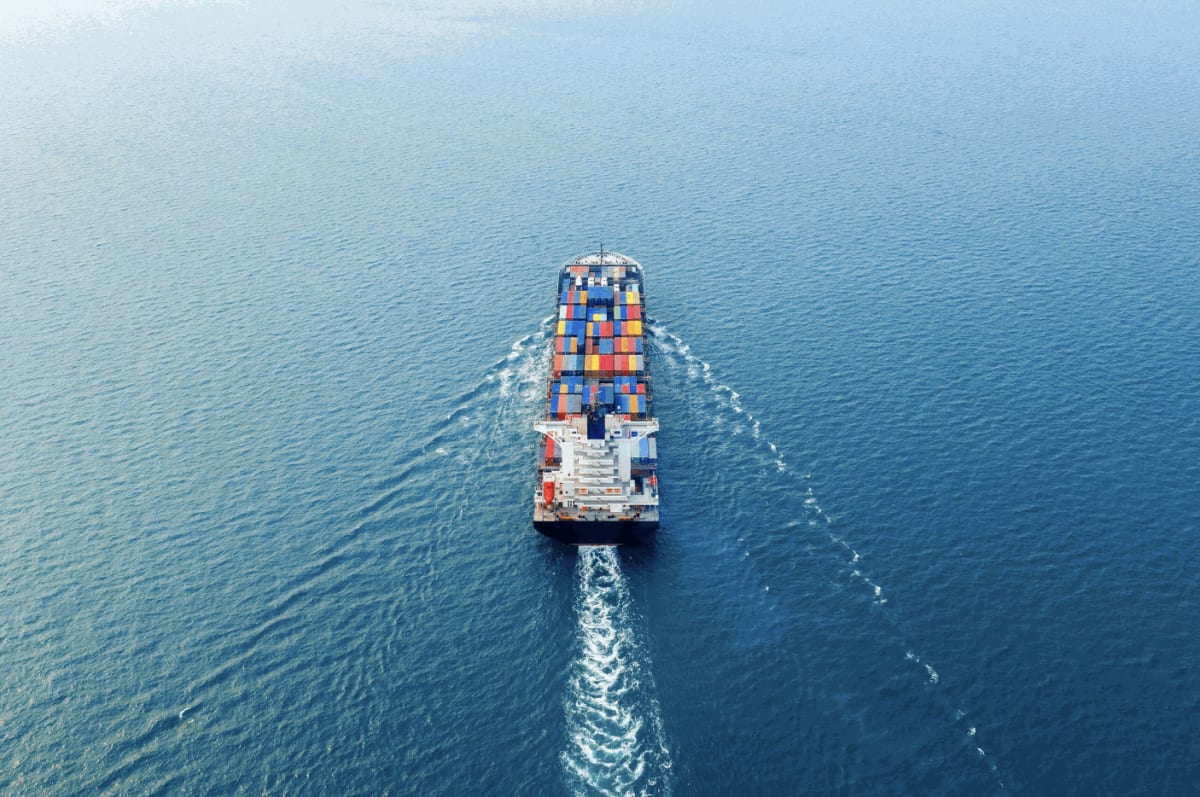Guest Blog: Unlocking the potential for international art transportation with sea freight
by Cliodhna Murphy, Global Head of Environmental Sustainability and Poppy Fairfax, Senior Registrar at Hauser & Wirth
GCC’s new Guest Blog series puts the spotlight on organisations across the world who are all working in creative ways to secure an environmentally responsible future. Views expressed are the author’s own.
Hauser & Wirth recently set out to discover whether a broader use of sea freight can be adopted to reduce overall carbon footprint.
With our colleagues, including our Registrars, artist teams, insurance brokers, conservators, and shipping agents, we have put together a white paper on our sea freight experience to date. Our goal with this white paper is to share information that will help other galleries and institutions to learn about our sea freight experiences. Only by sharing what we are discovering can we help the shift to new and more sustainable practices in our industry.
According to Gallery Climate Coalition, air freight is the most environmentally impactful activity the art world undertakes. As Danny Chivers, GCC’s Environmental Advisor, says, ‘Transporting an artwork by air has on average sixty times the climate impact of moving it the same distance by sea.’
With the fervent belief that we need to shift the dial and embed more sustainable practices, Hauser & Wirth is committed to the use of sea freight. To reach the 50 percent reduction in carbon emissions by 2030 set out by GCC, nothing short of an extraordinary turnaround is required. While no shipping method is entirely free of carbon impact, our aim is to discover whether a broader use of sea freight can be adopted to reduce Hauser & Wirth’s overall carbon footprint.
We found that sending 6 exhibitions by sea instead of air has reduced our emissions by over 200 tCO2e. As a starting point, this represents 12% of our exhibition shipping in 2023. We are implementing changes in dialogues with our artists, many of whom are driving forward new and more sustainable ways of working. Artist Anj Smith says: ‘As I write, my paintings, en route to New York for my November show, are travelling as sea freight. Getting the studio organised for earlier collection deadlines is something I am more than prepared to facilitate.’
As the art world counts down to 2030, many of us have collectively pledged to reduce our carbon emissions by at least half. There is a great opportunity for galleries and those in their sphere of influence to play a critical role in wider adoption of sea freight. Given the still limited scope of ocean freight, particularly from a timeframe perspective, it needs to be considered in tandem with other low carbon methods of moving art.
Nevertheless, with the right planning and more frequent usage, we believe that more sea container shipments will be possible for the future. It takes coordination, teamwork, and forward planning, but is certainly an achievable aim. This approach will continue to form a strong aspect of Hauser & Wirth’s environmental sustainability mission.
To learn more, download Hauser & Wirth’s white paper: ‘Sea freight: unlocking the potential for international art transportation’.

